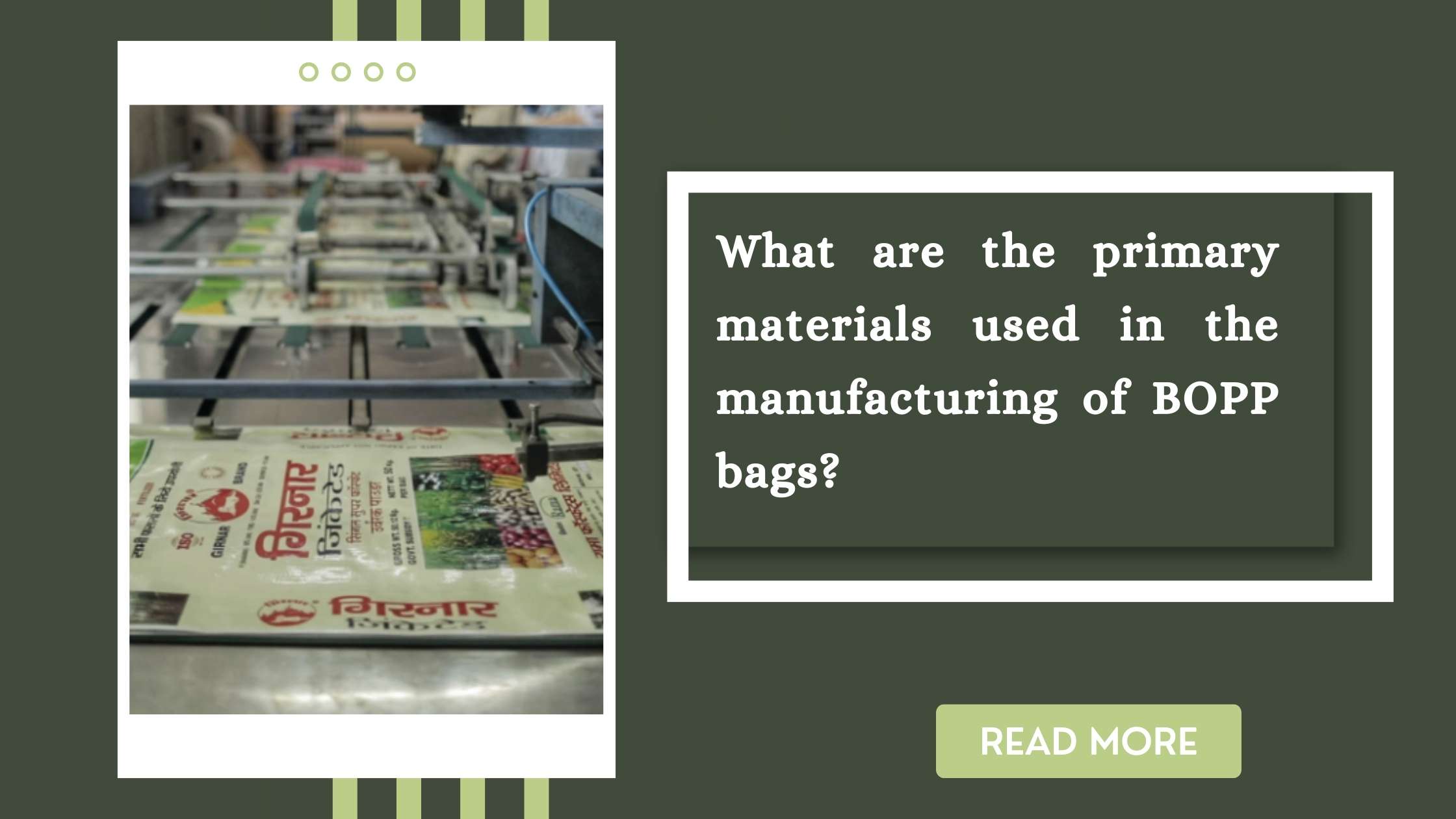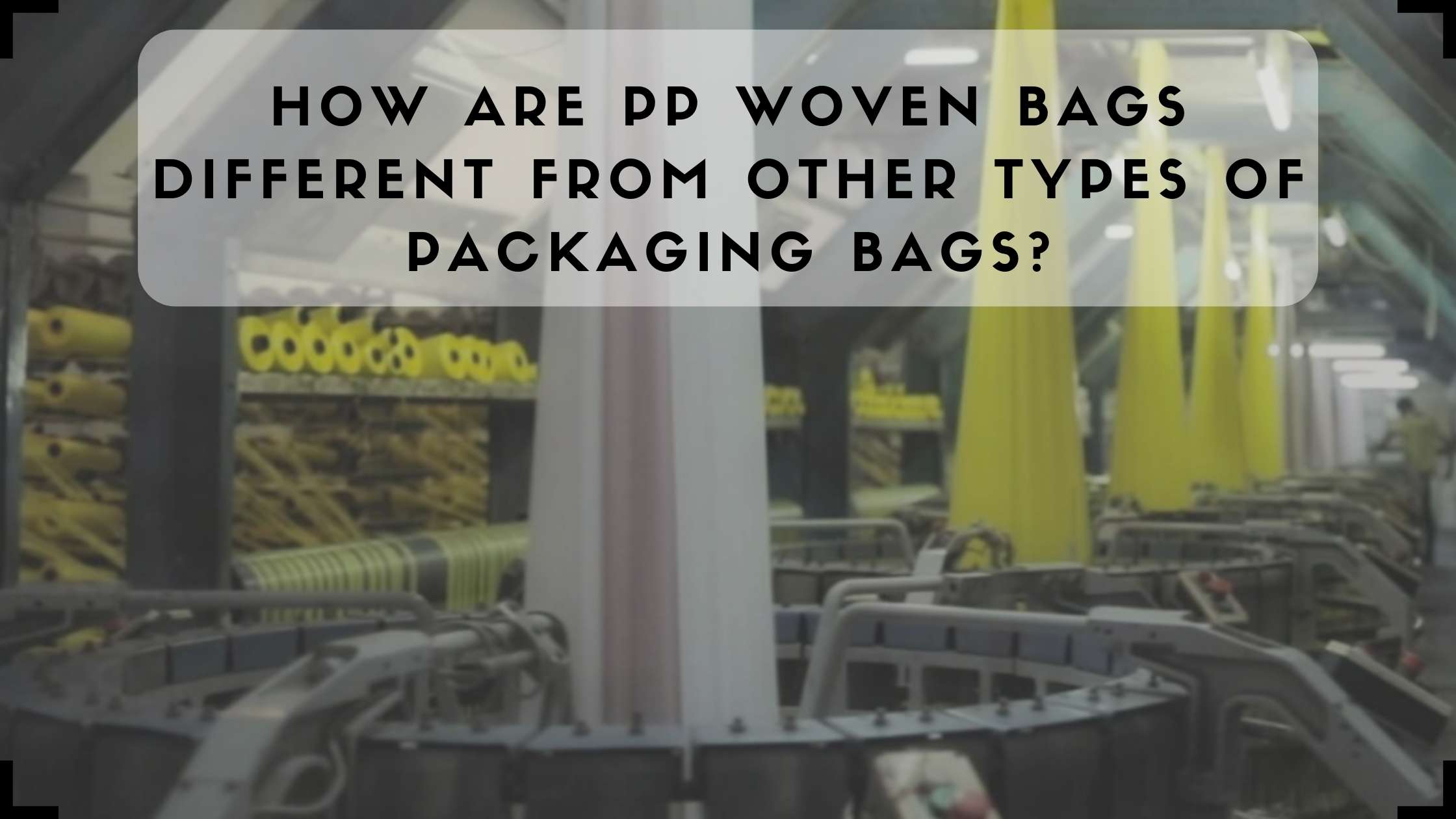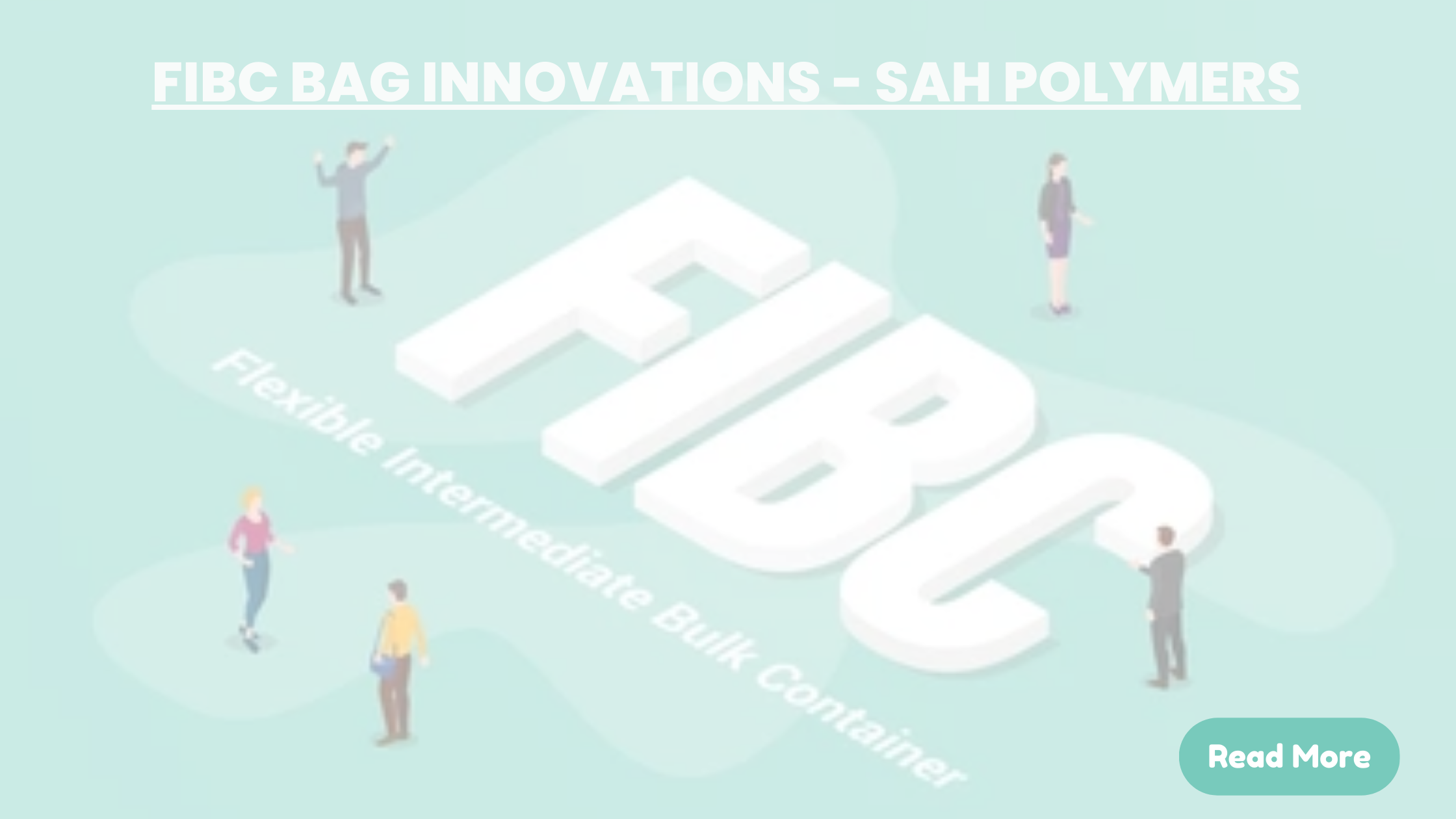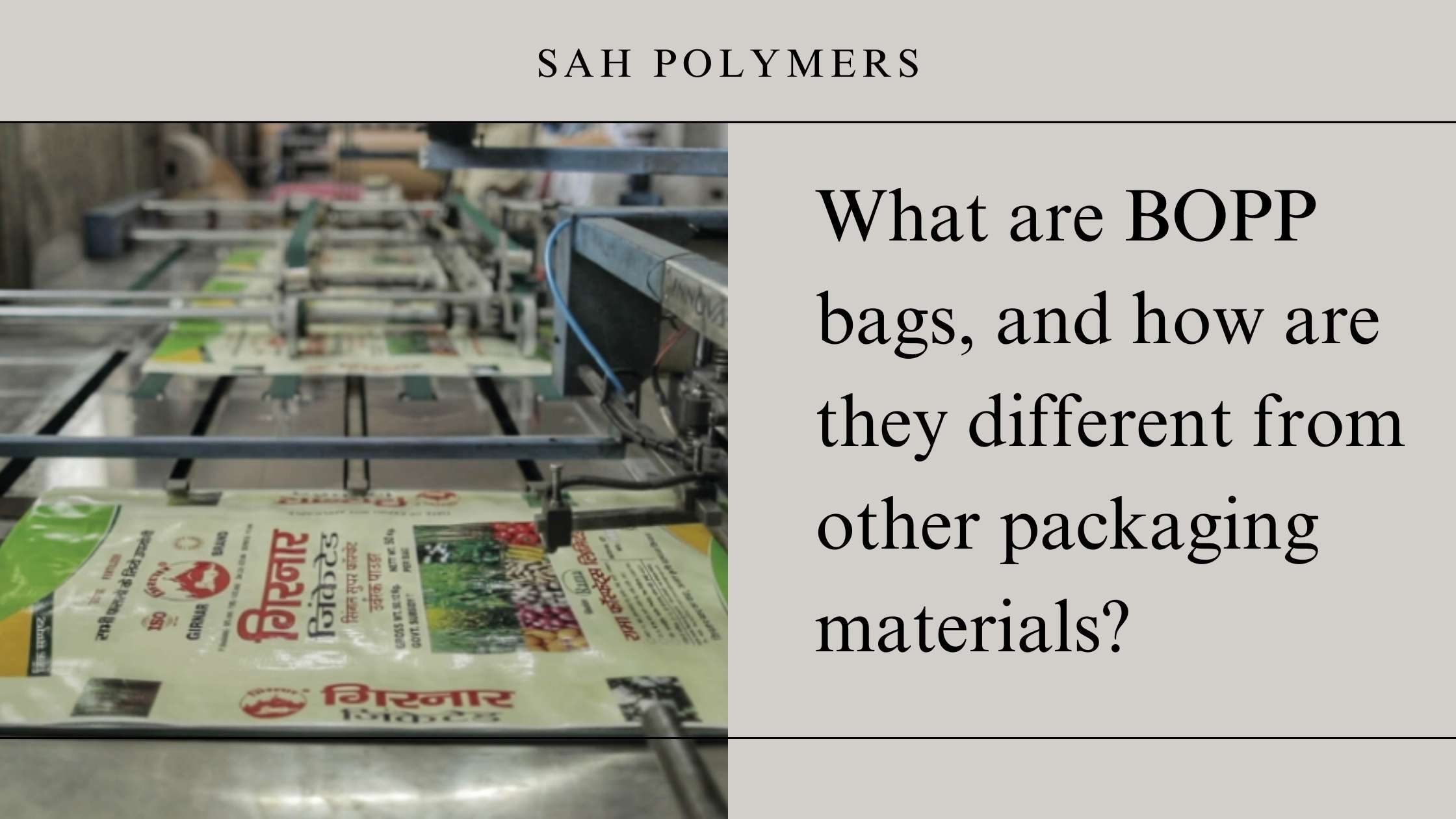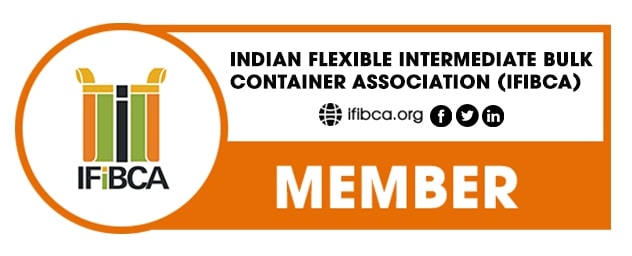key materials used in the production of BOPP Bags
BOPP (Biaxially Oriented Polypropylene) bags are a popular packaging solution widely used across industries such as agriculture, food, chemicals, and retail. Known for their strength, durability, and attractive printability, these bags serve as an ideal choice for packaging products that demand high-quality presentation and protection. But what exactly goes into making these versatile bags? In this article, we explore the primary materials used in the manufacturing of BOPP bags and their significance.
1. Polypropylene (PP): The Core Material
Polypropylene is the cornerstone of BOPP bag production. It is a thermoplastic polymer known for its excellent mechanical properties and versatility. Here’s why polypropylene plays a crucial role in the manufacturing process:
- Lightweight and Durable: Polypropylene offers a unique combination of being lightweight while maintaining robustness, making it an ideal choice for packaging.
- Resistance to Moisture and Chemicals: This material is resistant to water, oils, and most chemicals, ensuring the contents of the bag remain protected.
- Recyclable: Polypropylene is an environmentally friendly material that can be recycled, aligning with sustainable packaging goals.
In BOPP bags, the polypropylene film is biaxially oriented, a process that stretches the film in both the machine direction (MD) and transverse direction (TD). This enhances the material’s strength, clarity, and barrier properties.
2. Additives for Enhanced Performance
To tailor the properties of polypropylene for specific applications, various additives are introduced during the manufacturing process. These include:
- Anti-Static Agents
Anti-static additives reduce the accumulation of static electricity, which is essential for handling and stacking bags efficiently without dust or dirt clinging to the surface.
- UV Stabilizers
UV stabilizers protect the bags from degradation caused by prolonged exposure to sunlight, making them suitable for outdoor storage and transportation.
- Slip Agents
Slip agents are added to reduce the coefficient of friction between the bag surfaces, improving handling and packaging efficiency.
- Colouring Agents and Pigments
To produce visually appealing bags, colouring agents and pigments are added. These enable the creation of vibrant, high-quality prints that are crucial for branding and marketing purposes.
3. Inks for Printing
One of the standout features of BOPP bags is their ability to support high-quality printing. This is achieved through specially formulated inks that adhere to the polypropylene surface. Key attributes of these inks include:
- Non-Toxicity: Since BOPP bags are often used for food packaging, the inks used must be food-grade and non-toxic.
- High Adhesion: The inks are designed to bond firmly with the film, ensuring durability even under harsh conditions.
- Fade Resistance: Quality inks resist fading due to UV exposure, maintaining the vibrancy of the bag’s design over time.
4. Laminates for Added Protection
BOPP bags often incorporate laminates to enhance their durability and performance. Laminating involves bonding a layer of BOPP film to a woven polypropylene fabric. This process provides:
- Increased Strength: The combination of the BOPP film and woven fabric creates a bag that can handle heavier loads.
- Moisture Barrier: Laminates provide additional protection against moisture, ensuring that the contents remain dry and intact.
- Improved Aesthetics: The lamination process gives the bags a glossy or matte finish, enhancing their visual appeal.
5. Woven Polypropylene Fabric
The woven polypropylene fabric acts as the structural backbone of BOPP bags. Made by weaving polypropylene threads together, this fabric offers:
- High Tensile Strength: The woven structure ensures that the bags can carry significant weight without tearing.
- Flexibility: Despite its strength, the fabric remains flexible, making the bags easy to handle and store.
- Customizability: The fabric can be customized in terms of weave density, thickness, and coating to meet specific requirements.
6. Adhesives for Bonding
Adhesives play a vital role in securing the layers of the bag during the lamination process. These adhesives are specially formulated to:
- Ensure Strong Bonding: They hold the BOPP film and woven fabric together, maintaining the integrity of the bag.
- Withstand Environmental Conditions: High-quality adhesives resist moisture and temperature variations, ensuring the bags perform well in diverse environments.
7. Coatings for Specialized Applications
Some BOPP bags are treated with coatings to enhance their performance in specific applications. Common coatings include:
- Anti-Skid Coatings: These provide a textured surface that prevents stacked bags from slipping.
- Heat Sealable Coatings: These allow the bags to be sealed securely, providing additional protection for the contents.
The Manufacturing Process: A Brief Overview
Understanding the materials used in BOPP bags would be incomplete without a glimpse into the manufacturing process. Here are the key steps:
- Biaxial Orientation of Polypropylene Film: The polypropylene film is stretched in both directions to enhance its strength and clarity.
- Printing: High-quality graphics are printed on the film using specialized inks.
- Lamination: The printed film is laminated onto the woven polypropylene fabric using adhesives.
- Cutting and Stitching: The laminated material is cut into the desired sizes and stitched to form bags.
- Quality Control: Each bag undergoes rigorous quality checks to ensure it meets the required standards.
Conclusion
The primary materials used in the manufacturing of BOPP bags—polypropylene, additives, inks, laminates, woven fabric, adhesives, and coatings—work in harmony to create a product that is both functional and visually appealing. Their unique properties make BOPP bags a preferred choice for packaging solutions across various industries.
As industries continue to demand sustainable and innovative packaging, the materials and processes involved in BOPP bag manufacturing will likely evolve, offering even more advanced features. By understanding the components that go into these bags, businesses can make informed decisions about their packaging needs, ensuring quality and sustainability.

